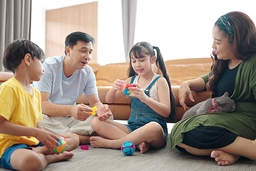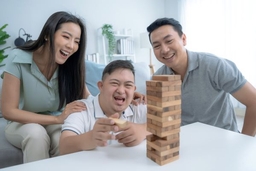Fine and Gross Motor: What's the Difference and How to Train Them
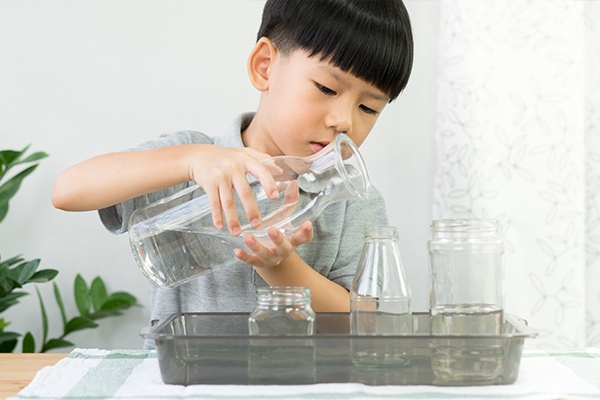
Have you noticed your baby making any unusual or clumsy movements? Babies are frequently seen striking nearby objects, such as your face. Heheh. Why do you think they are acting this way? Well, it is related to motor skill. What exactly is it? Let's learn more!
If your baby unintentionally hits you, reconsider. They haven't been "naughty," but they haven't been able to control their hands and feet perfectly. To put it another way, their motor skills are subpar.
What is a motor skill?
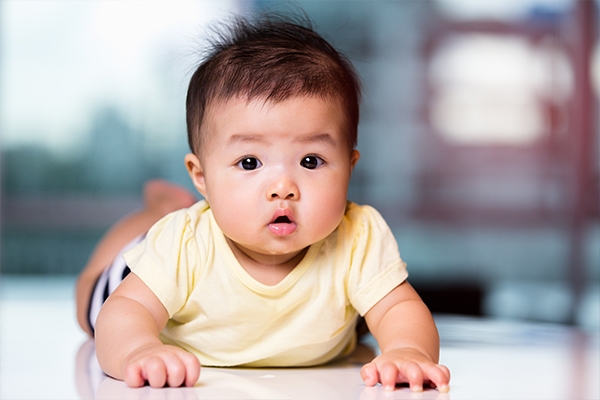
It is a person's ability to control their body movements in order to complete daily tasks. These abilities are needed to maintain one's life. Motor skills are classified as fine motor or gross motor.
Fine motor skills necessitate extreme control and precision. Because the small muscles of the hand and wrist are used. Gripping objects, using cutlery, and holding pencils or crayons are some examples of these movements.
Gross motor skills involve the use of large muscles, particularly those in the hands and feet. These motors allow for balance, coordination, reaction time, and physical strength, which allows for large movements. Walking, running, and jumping are all examples of these movements.
Certain motor skills are typically developed in children at a specific age. However, keep in mind that each child's development is unique. For example, some children can walk on their own at the age of 10 months, while others can walk at the age of 13 months.
However, a child must master certain motor skills within a certain time frame. Otherwise, be cautious! Motor disorders in children can cause difficulty moving in a controlled, coordinated, and efficient manner.
Fine motor
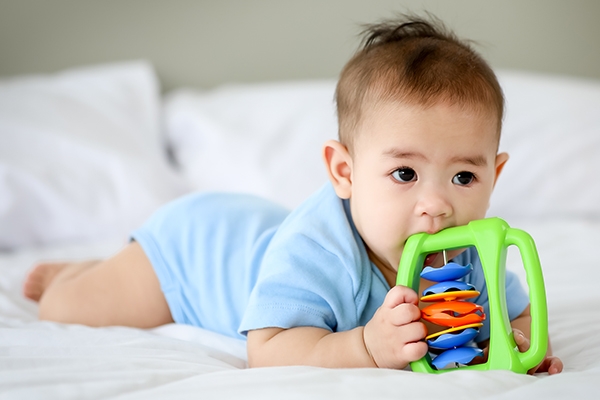
Coordination of finger and eye movements is required for fine motor skills. Fine motor movements that must be trained include grasping and flipping objects, as well as picking up objects with one's fingers.
The following are fine motor movements that children of a certain age typically master:
- 0–3 months old. Using arms to swing objects. Putting objects in the mouth.
- 3–6 months old. Transferring objects from one hand to another. Holding their own hands together. Hold the toy with both hands.
- 6–9 months old. Begins to grip and hold on to objects, such as bottles or toys. Squeezing objects. Moves objects by gripping them.
- 9–12 months old. Shows a tendency to use the right or left hand. Put small objects in containers. Flip several pages of a book or magazine at once. Do a pincer grasp, which involves using the thumb's tips and forefinger to pick up small objects. Eat finger food by themselves.
- 12–18 months old. Make a tower with two blocks. Scoop with a small spoon or spade. Clap the hands. Doodling on paper with crayons. Swinging goodbye.
- 18 months–2 years old. Hold the crayon with the thumb and forefinger. Makes a tower with three to four blocks. Open the package or container that has been loosened. Turn a page of a book or magazine. Put the ring on the peg.
- 2 years old. Stack up to nine blocks. Turn the doorknob. Wash the hands. Big zip up and down. Manipulating clay or playdough.
- 3 years old. Fold the paper in half. Draw a circle after being given an example. Fastening and unfastening large buttons.
- 4 years old. Put on and undress themselves. Touch the tip of each finger. Use the fork properly.
- 5 years old. Cut a circle shape. Copy the triangle shape. Hold a pencil properly. Tying shoelaces.
- 6 years old. Creates a certain structure with blocks. Put 16–20 puzzle pieces together. Cut with scissors properly. Use a knife to cut food.
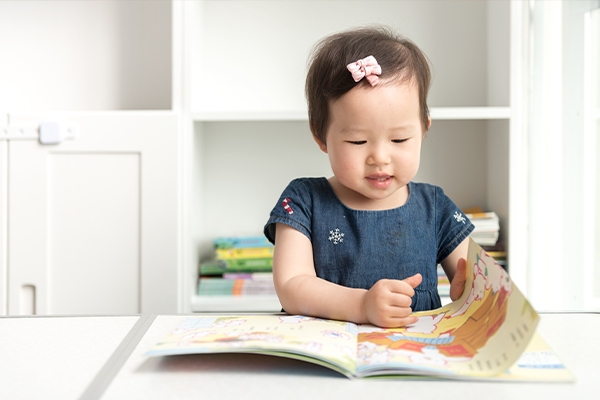
Children who lack fine motor skills will struggle to complete daily tasks. Their self-esteem will suffer, their academic performance will suffer, and their play options will be severely limited. It will cause the children to become less self-sufficient in their lives.
Toys that require eye and hand coordination can help your child's fine motor skills. Playdough, puzzles, blocks, and learning cards are some examples. Inviting children to draw, color, make accessories with beads, and fold paper is also a great way for them to practice these skills.
Gross motor
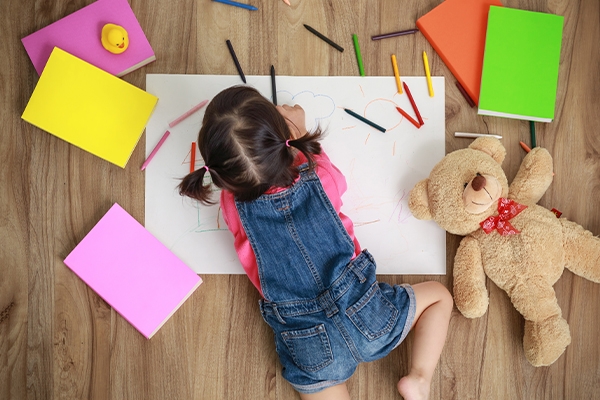
Gross motor skills involve the use of the body's large muscles. The movements performed necessitate advanced eye-hand coordination.
Children of a certain age range typically master the following gross motor movements:
- 3–6 months old. Raising arms and legs when placed on the stomach. Roll over. Maintain the head while in the sitting position.
- 6–12 months old. Crawl. Pull themselves up from a sitting position to a standing position. Sit alone without assistance.
- 1 year old. Climbing on low furniture. Climb ladders with supervision. Pulls or pushes a wheeled toy. Walk with one hand holding.
- 2 years old. Jump with both feet together. Walk on toes. Climbing stairs without holding on.
- 3 years old. Riding a tricycle without assistance. Run without falling. Throw the ball up to 1.5 meters.
- 4 years old. Catching the ball with hands and body. Run with a smooth change of pace. Climbing stairs with alternating feet.
- 5 years old. Catching the ball with both hands. Jump on one leg. Doing jumping jacks and toe touches. Go up and down stairs while carrying objects.
- 6 years old. Kick a rolling ball. Jump over an object 25cm high. Riding a bicycle with training wheels. Throw objects accurately.
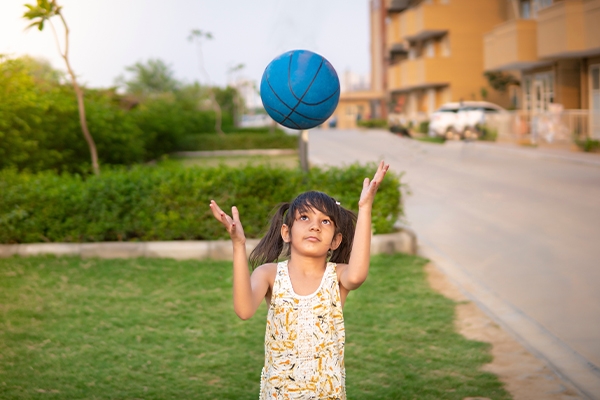
Children, like adults, require regular practice opportunities to master gross motor skills. Give your child a chance. Invite them to play outside, such as catch, catching balls, swimming, or other game sports.
Keep children away from sedentary activities such as watching TV, playing smartphones, and sleeping for extended periods of time. It is also not a good idea to leave children reliant on an assistive chair (stroller) for an extended period of time. Apart from making their children lazy, parents must work harder to help them practice independently.
Seeing children grow is the most beautiful gift. Who would have guessed that the tiny hands that twitched oddly as babies would grow into the strong hands that lifted their first medal? Let us help our children become strong and self-sufficient.
If you have questions related your child's motor skills, please contact the nearest GWS Medika clinic. Our doctors will help you monitor your kids as they grow and develop.

